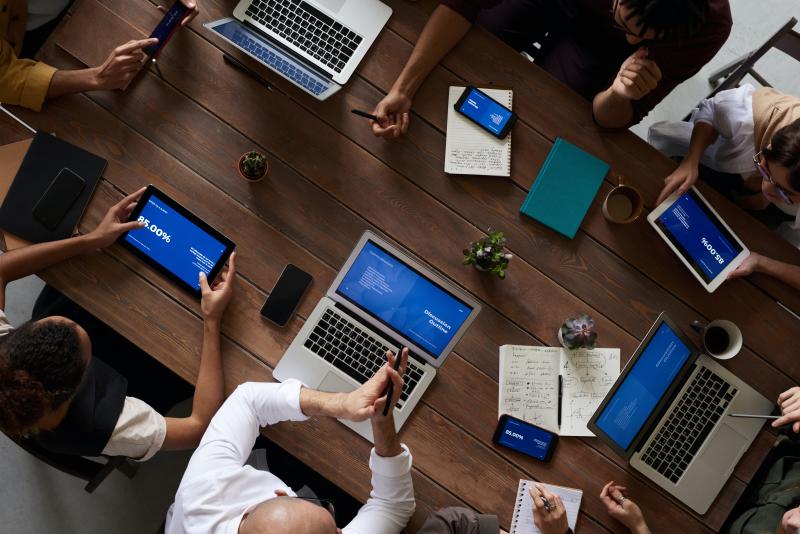
Last year, the pandemic transformed the notion of the traditional office virtually overnight, creating a mass shift to remote working and the largest social experiment of its kind. Yet, despite initial concerns, most businesses were surprised to see no plummet in productivity amongst their employees.
18 months later and hybrid working is emerging as the dominant work structure for many businesses, with research showing that most employees want their company to offer a blend of remote work and time in the office. However, the traditional office wasn’t designed with hybrid working in mind.
Reverting to the status quo and maintaining the pre-COVID office may seem like the easiest option, but most of us aren’t going to be inspired by a return-to-work strategy that fails to take on board everything we’ve learnt during the pandemic. If employees are going to relinquish some of their flexibility to come into the office, businesses must rethink what the office is for, and how it can best serve its employees.
Companies must start by listening to their workforce and understanding what they want from their time in the office. When asking employees to come into an office environment, it will also be crucial to strike a balance between collaborative and individual work. There’s no point commuting into the office to spend the next eight hours working in silence. If individual work can be done effectively from home, then that’s where it should stay. Rather the office should be transformed into a creative hub where teams go to brainstorm ideas and work creatively with each other. With this in mind, businesses must make concerted efforts to deliver spaces that are conducive to creative group work.
It’s also true that technology has a central role to play in the future of hybrid working. One example of transforming the office into a ‘digital-first’ creative space is the UK-based software start-up, Paddle. Since the pandemic it has completely revolutionised the traditional office setup with its new office in London. Its new hybrid office includes collaborative breakout spaces, moveable furniture and a recording studio. It also has Zoom integration with cameras and microphones to allow employees to freely speak with remote colleagues. The pandemic has meant that a high standard of workplace technology is no longer a luxury, but a necessity.
All companies will move at different paces and the next few months will continue to be a learning process for employers and employees alike. We can however be sure that the pandemic has put an end to the traditional office and born a new way of working. The businesses that listen to their employees and adapt to the modern workplace will set themselves up for a greater chance of success.
